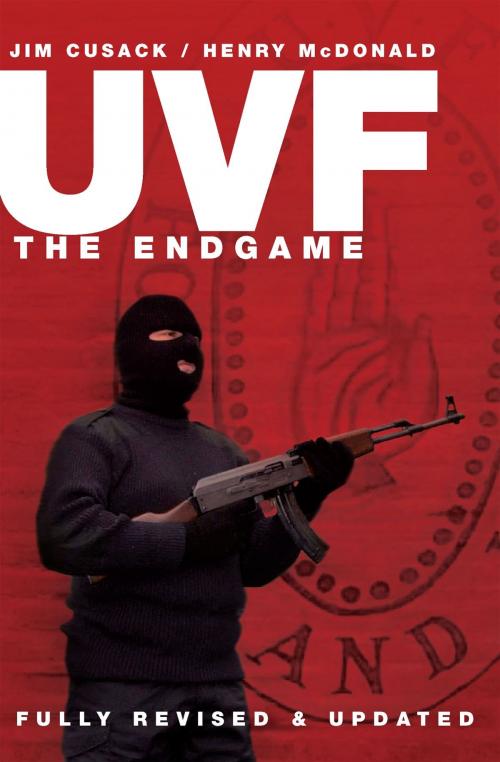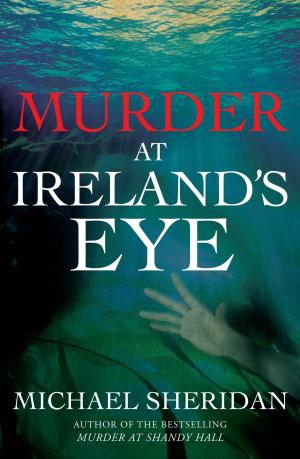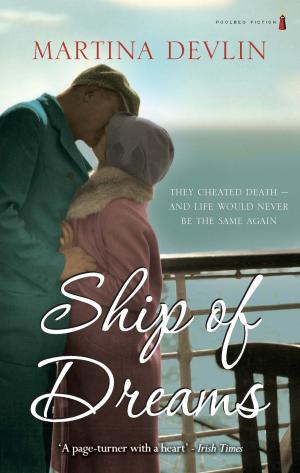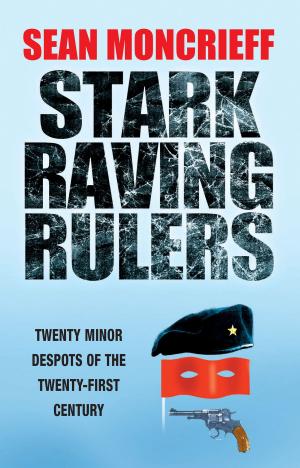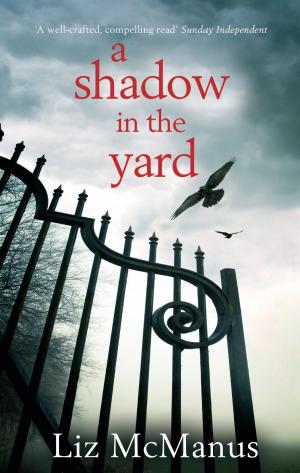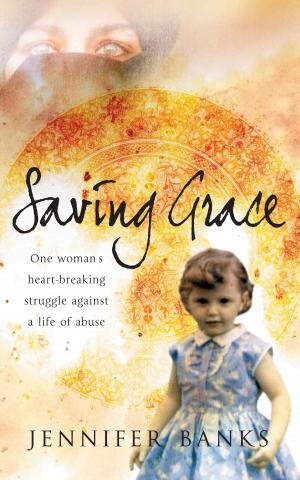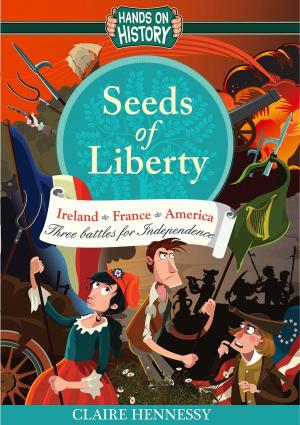| Author: | Henry McDonald | ISBN: | 9781781990667 |
| Publisher: | Poolbeg Press Ltd | Publication: | May 14, 2014 |
| Imprint: | Language: | English |
| Author: | Henry McDonald |
| ISBN: | 9781781990667 |
| Publisher: | Poolbeg Press Ltd |
| Publication: | May 14, 2014 |
| Imprint: | |
| Language: | English |
Now that Northern Ireland’s “troubles” appear to be over, with old enemies the DUP and Sinn Féin sharing power, what will happen to the hard men of loyalism?
The Ulster Volunteer Force emerged during the first sparks of Northern Ireland’s Troubles in the mid-1960s. Their campaign of violence quickly marked them out as one of the most extreme loyalist groups.
Henry MacDonald and Jim Cusack provide a fascinating insight into the UVF’s origins, growth and decline. They follow the careers of some of the key players in the UVF, including Gusty Spence, Billy Wright and David Ervine. They catalogue the atrocities in which the UVF were involved, including the Dublin and Monaghan bombings; the emergence of the notorious renegade Shankill Butchers; and the various bloody feuds that have infected loyalism. They trace the paramilitary organisation from the violent margins, through the horrors of the 1970s and 1980s, to its shaky 1994 ceasefire and its crucial (if sometimes reluctant) role in the peace process that led up to the signing of the Good Friday Agreement in 1998.
Now that Northern Ireland’s “troubles” appear to be over, with old enemies the DUP and Sinn Féin sharing power, what will happen to the hard men of loyalism?
The Ulster Volunteer Force emerged during the first sparks of Northern Ireland’s Troubles in the mid-1960s. Their campaign of violence quickly marked them out as one of the most extreme loyalist groups.
Henry MacDonald and Jim Cusack provide a fascinating insight into the UVF’s origins, growth and decline. They follow the careers of some of the key players in the UVF, including Gusty Spence, Billy Wright and David Ervine. They catalogue the atrocities in which the UVF were involved, including the Dublin and Monaghan bombings; the emergence of the notorious renegade Shankill Butchers; and the various bloody feuds that have infected loyalism. They trace the paramilitary organisation from the violent margins, through the horrors of the 1970s and 1980s, to its shaky 1994 ceasefire and its crucial (if sometimes reluctant) role in the peace process that led up to the signing of the Good Friday Agreement in 1998.
